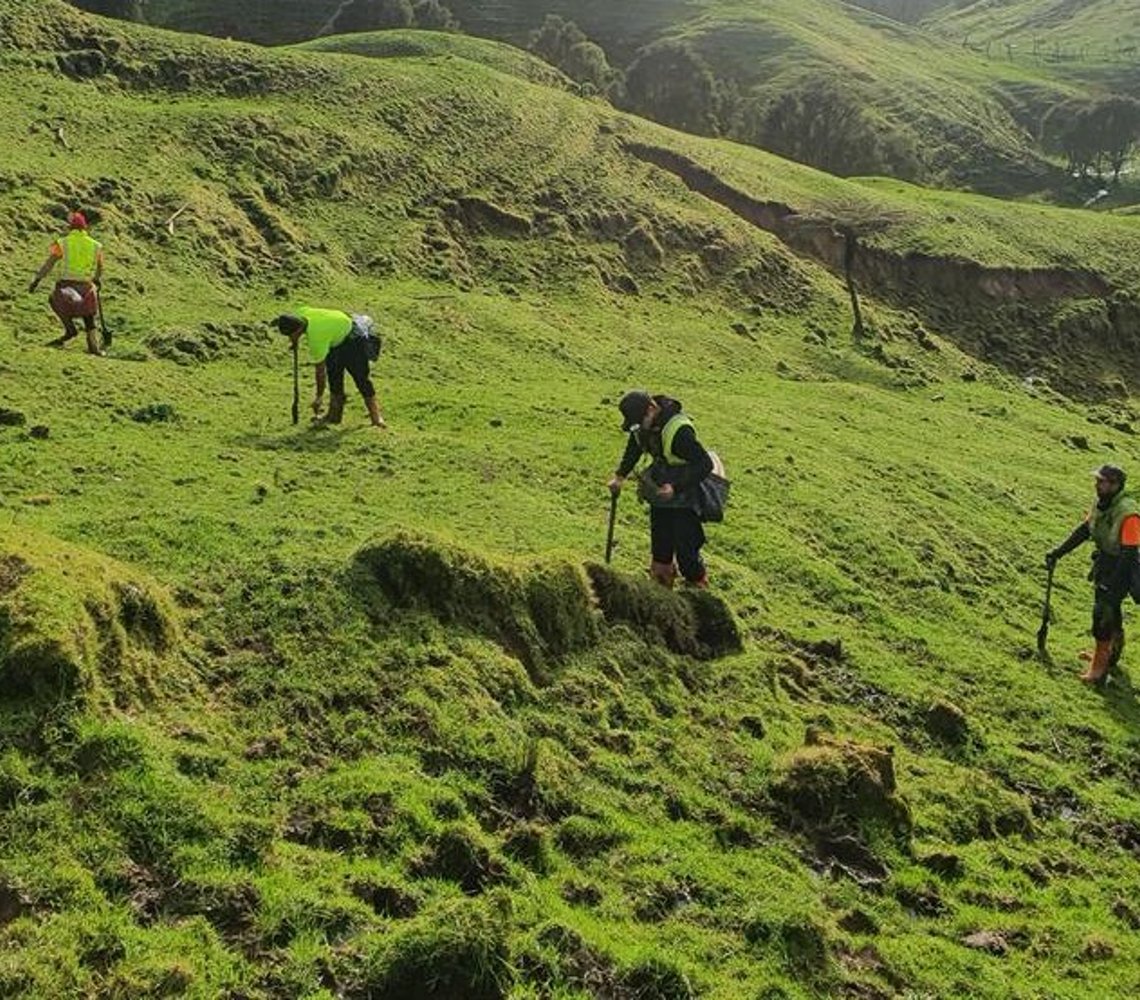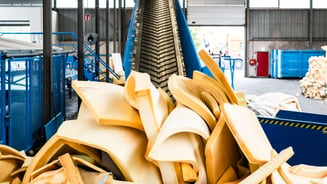Responsible forestry isn’t just about managing trees – it’s also about nurturing ecosystems and supporting local communities.
When it comes to responsibly managing our 320,000+ hectares of forestland we see community engagement as a key component. We believe in working with local stakeholders to create a shared vision for the future of the forests, fostering trust and building lasting relationships.
Want to read about the other two pillars of our responsible forest management approach? Learn about conservation and biodiversity, and regeneration, reforestation and afforestation.







